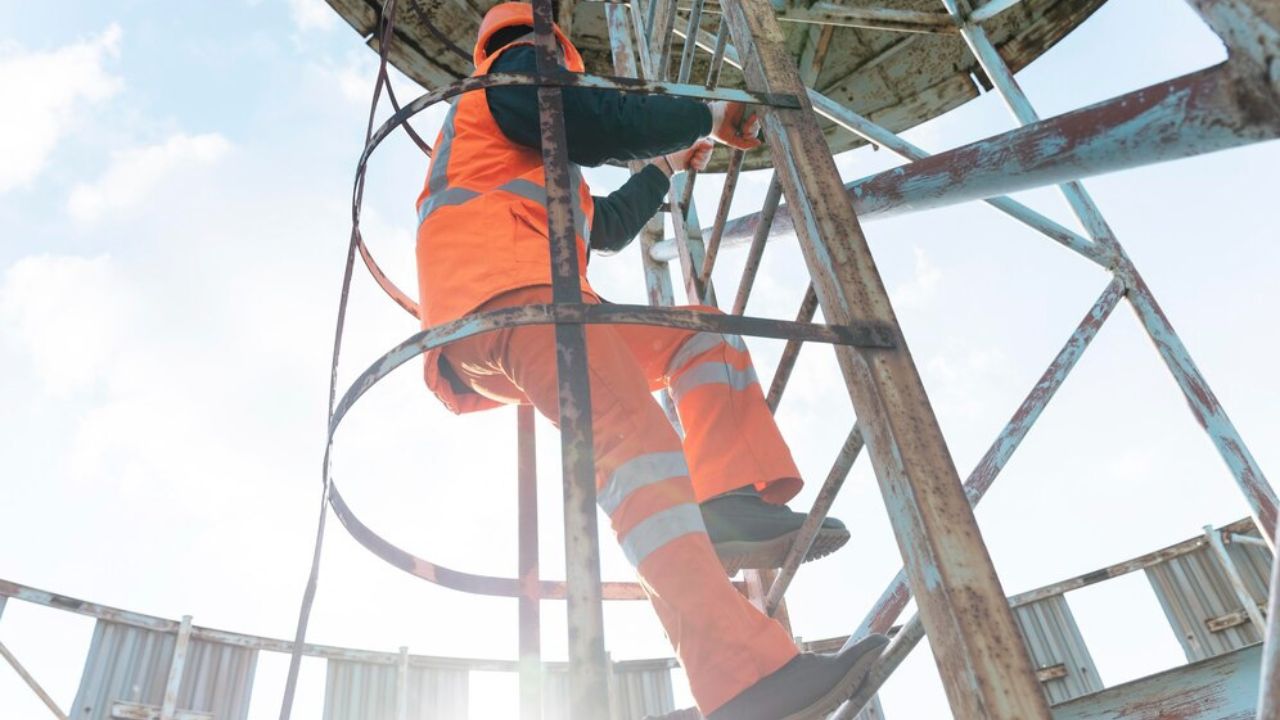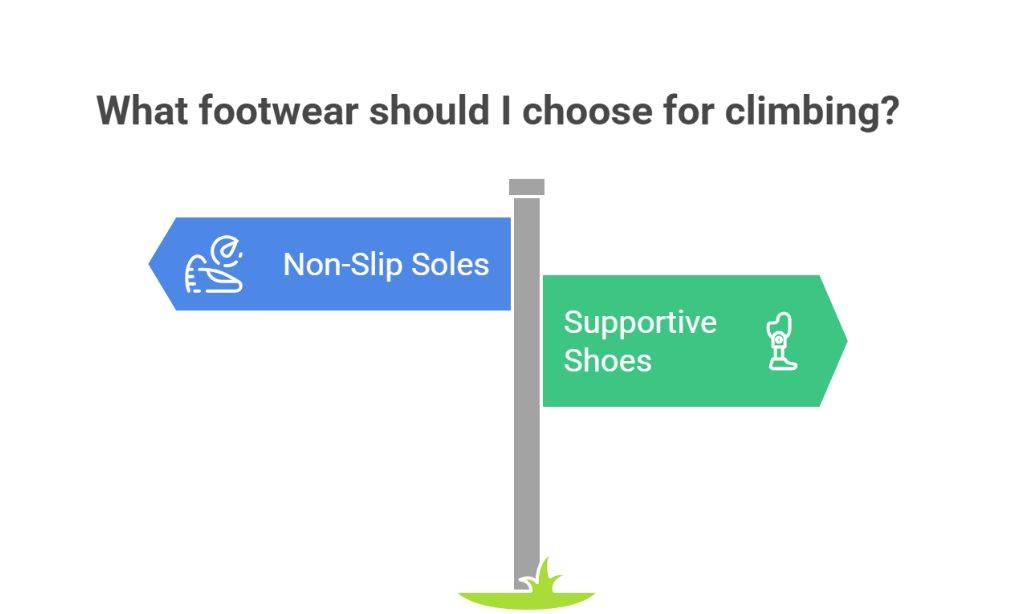When climbing a flagpole, safety precautions must be carefully observed, and environmental conditions must be favorable. Whether the climb is for maintenance, inspection, or recreation, understanding how weather affects this activity is crucial. As long as climbers are well-informed and pragmatic, the experience can proceed smoothly and safely.
Scanning the Weather Conditions
Weather plays a critical role in the safety and success of flag pole climbing. Conditions can change rapidly, and climbers must understand how variables such as wind, rain, and temperature fluctuations affect the risk level.
Impact of Wind
Wind is perhaps the most critical factor to consider. Strong winds can destabilize climbers, making it difficult to stay upright and increasing the risk of falls, especially at higher elevations, where wind speeds intensify. Always check wind conditions before climbing using real-time tools such as anemometers or trusted weather apps to make informed decisions.
The Worry of Rain and Moisture
Rain creates slippery surfaces, reducing grip and footing. Moisture can also corrode metal parts, weakening the flagpole’s structural integrity over time. Even after rainfall has stopped, residual water may linger, creating ongoing hazards. Climbers should wait for surfaces to dry and inspect for rust or wear before proceeding.
Temperature Extremes
Both hot and cold weather bring unique risks. High temperatures can lead to dehydration and heatstroke, while extreme cold may cause numbness, reduced dexterity, or even frostbite. Dress appropriately, stay hydrated, and allow your body time to adjust to the temperature. Frequent breaks are essential in extreme conditions.
Safety Equipment and Gear
Using the proper safety gear for flagpole climbing is non-negotiable. Essential items include a harness, helmet, high-top shoes, and climbing rope—all of which must be rated for the activity and in good condition. Regularly inspect gear for wear and tear to ensure continued safety.
Harnesses must be properly fitted to function correctly; they are critical in arresting falls. Helmets are especially important for maintenance work, where falling debris may pose a risk. A snug fit ensures they provide the necessary protection.
Footwear Considerations
Good footwear is essential for traction and stability. Choose shoes with non-slip soles, particularly if climbing in wet or windy conditions. Supportive and comfortable shoes also reduce fatigue during the ascent, enhancing overall safety.
Techniques and Training for Climb
Proper climbing technique is vital. Training through courses or workshops equips climbers with the skills needed to face challenges safely. Practicing under experienced supervision builds confidence and reduces the risk of injury.
Importance of Supervised Learning
Supervised training gives climbers the chance to work alongside professionals who can offer guidance, demonstrate best practices, and help troubleshoot problems. Controlled learning environments reinforce safety protocols and prepare climbers for real-world conditions.
Emergency Preparedness
Preparing for emergencies is a crucial part of climbing safety. Always wear a helmet and have a response plan. Carry a communication device and ensure it is fully charged—these steps are essential for calling emergency services or signaling for help in case of trouble.
Developing a Safety Plan
Creating a comprehensive safety plan is a vital step before undertaking any flagpole climb. The process begins with identifying all potential risks, such as high winds, slippery surfaces, structural weaknesses, or gear failure, and establishing clear responses for each scenario. This proactive approach reduces the likelihood of accidents and ensures climbers are not caught off guard. It’s essential to familiarize yourself with local emergency contact numbers and protocols, including the nearest medical facilities and rescue services.
Having this information readily accessible can save valuable time in the event of an emergency. Additionally, climbing with a partner greatly enhances safety. A partner can provide immediate assistance, call for help, or stabilize equipment if needed. They serve as both a backup and an extra set of eyes to assess changing conditions. With careful planning, communication, and awareness, climbers can respond effectively to unexpected situations and carry out their climbs with confidence and caution.
Conclusion
Flagpole climbing is a vertical endeavor that requires serious consideration of weather and safety. Factors such as wind, rain, and temperature greatly influence the difficulty and danger of each climb. With the right equipment, technique, and a backup plan, climbers can reduce risks and stay safe. When properly prepared and informed, climbers can enjoy the activity confidently and responsibly.






































